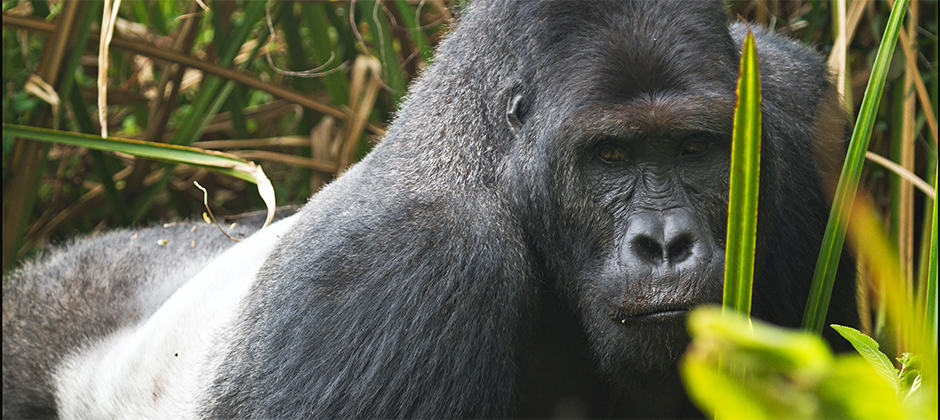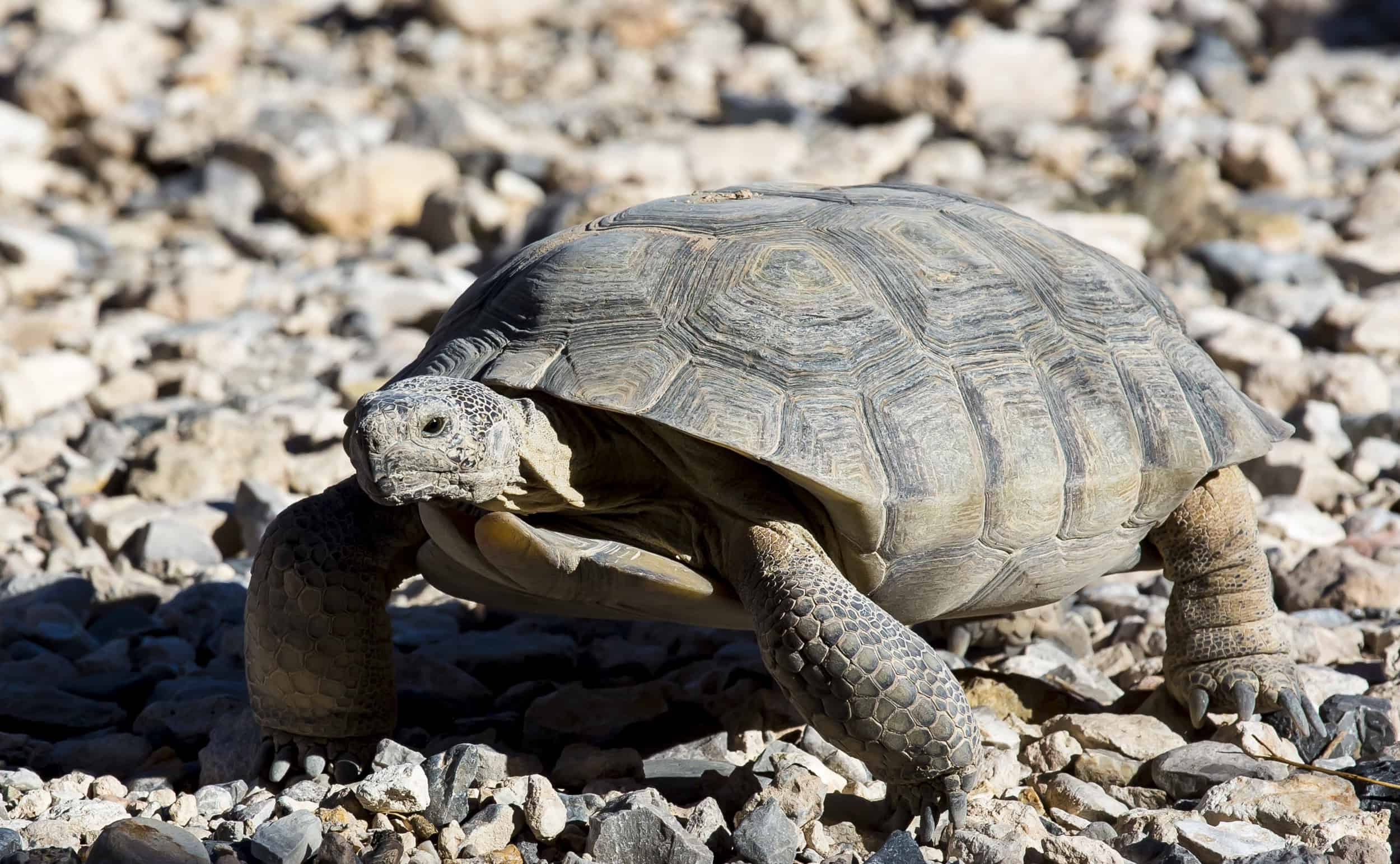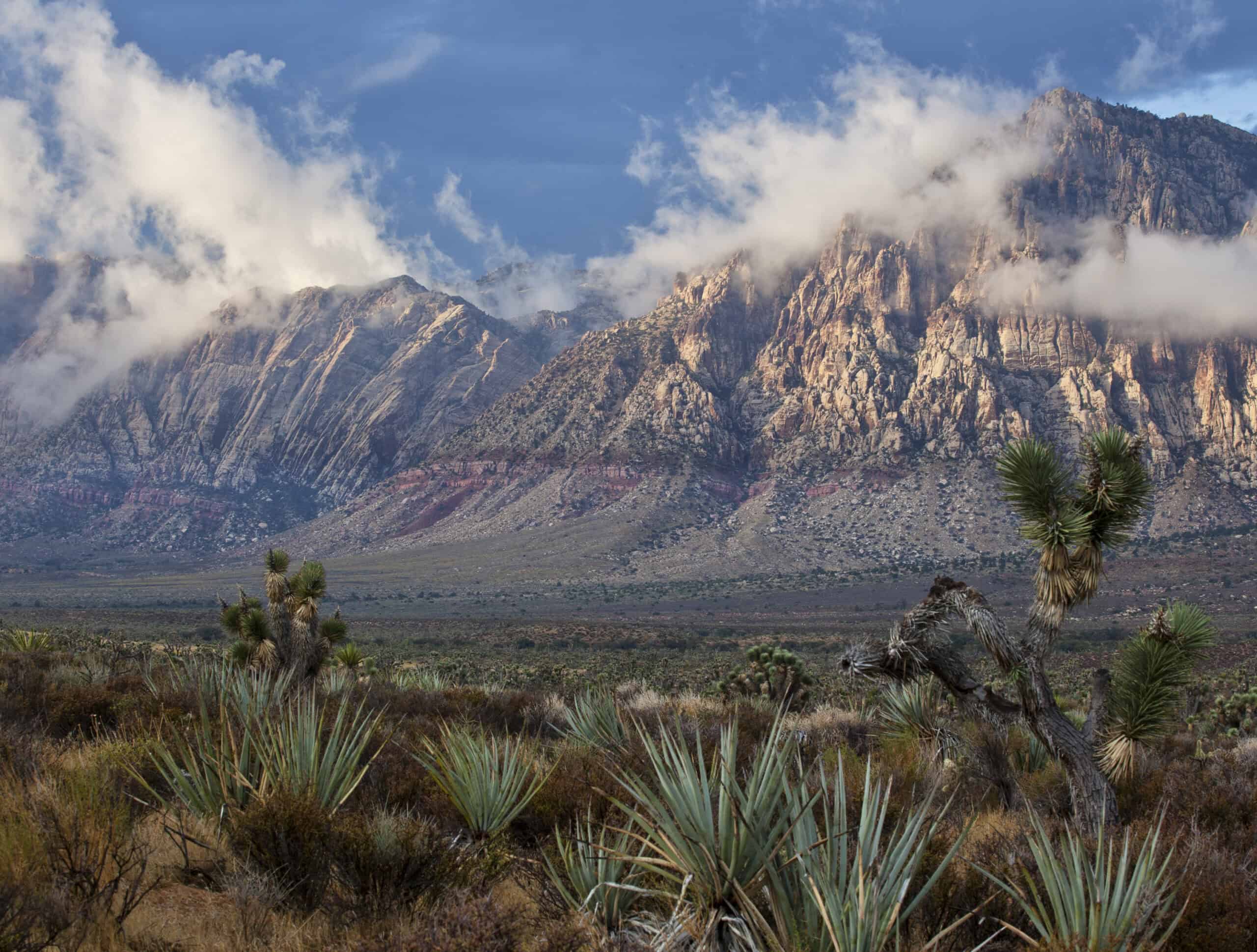Share this article
Humans main reason for nearly 50 years of wildlife declines
Human activities have led to wildlife populations declining an average of 68% around the world between 1970 and 2016, a new report finds. The World Wildlife Fund and the Zoological Society of London tracked over 20,000 populations of almost 4,000 species of mammals, birds, amphibians, reptiles and fish in the last 50 years throughout the world. During that time, the human population has doubled to more than 7.4 billion. The report found that Latin America and the Caribbean had the most catastrophic wildlife declines. Some populations of species shrunk more than 90%. Freshwater habitats had the most wildlife population losses. Scientists point to change in land and sea use, habitat destruction and species overexploitation as the biggest reasons for the population drops throughout the world.
Header Image: A population of eastern lowland gorillas (Gorilla beringei graueri) endemic to the Democratic Republic of Congo, declined from 17,000 individuals in 1994 to less than 4,000 in 2015. Credit: Joe McKenna








